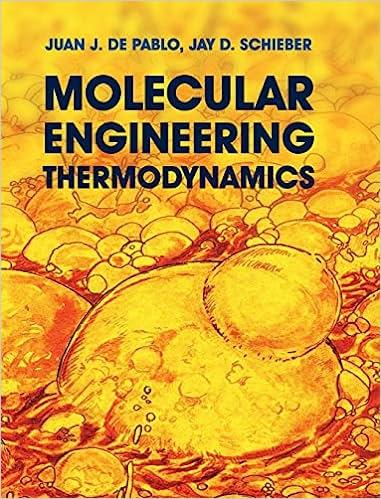Question
A key step in the production process of 100mm thick steel plates is annealing, which consists of repeated heating and cooling of the plates in
A key step in the production process of
100mmthick steel plates is "annealing", which consists of repeated heating and cooling of the plates in order to make the steel less brittle.\ The heating step occurs in a gas-fired furnace, in which combustion gases at a temperature of
700\\\\deg Care blown against both surfaces of the steel plate, thus creating a convective heat transfer coefficient of
hh=500(W)/(m^(2))*K.\ The cooling step takes place by hanging the plates in a cooling room, where air at a temperature of
50\\\\deg Cis slowly blown across the plates, generating a convective coefficient
h_(c)=50(W)/(m^(2))*K.\ Proper annealing requires that the maximum temperature in the plate after cooling is no more than
200\\\\deg C, while the minimum temperature of the plate after the heating cycle is
550\\\\deg C. The steel properties can be assumed as follows:
\\\ ho =8000k(g)/(m^(3)),c_(P)=550(J)/(k)g*K,k=48(W)/(m)*K.\ A) What do you know about the temperature distribution in the plates during the heating and cooling cycles, respectively?\ B) Determine how long the heating cycle takes, if the plates enter the furnace with a uniform temperature of
200\\\\deg C.\ C) How long does the cooling cycle last if the plates arrive in the cooling room at a uniform temperature of
550\\\\deg C?\ D) How large are the temperature variations in the steel plate when it leaves the furnace?

Step by Step Solution
There are 3 Steps involved in it
Step: 1

Get Instant Access to Expert-Tailored Solutions
See step-by-step solutions with expert insights and AI powered tools for academic success
Step: 2

Step: 3

Ace Your Homework with AI
Get the answers you need in no time with our AI-driven, step-by-step assistance
Get Started


